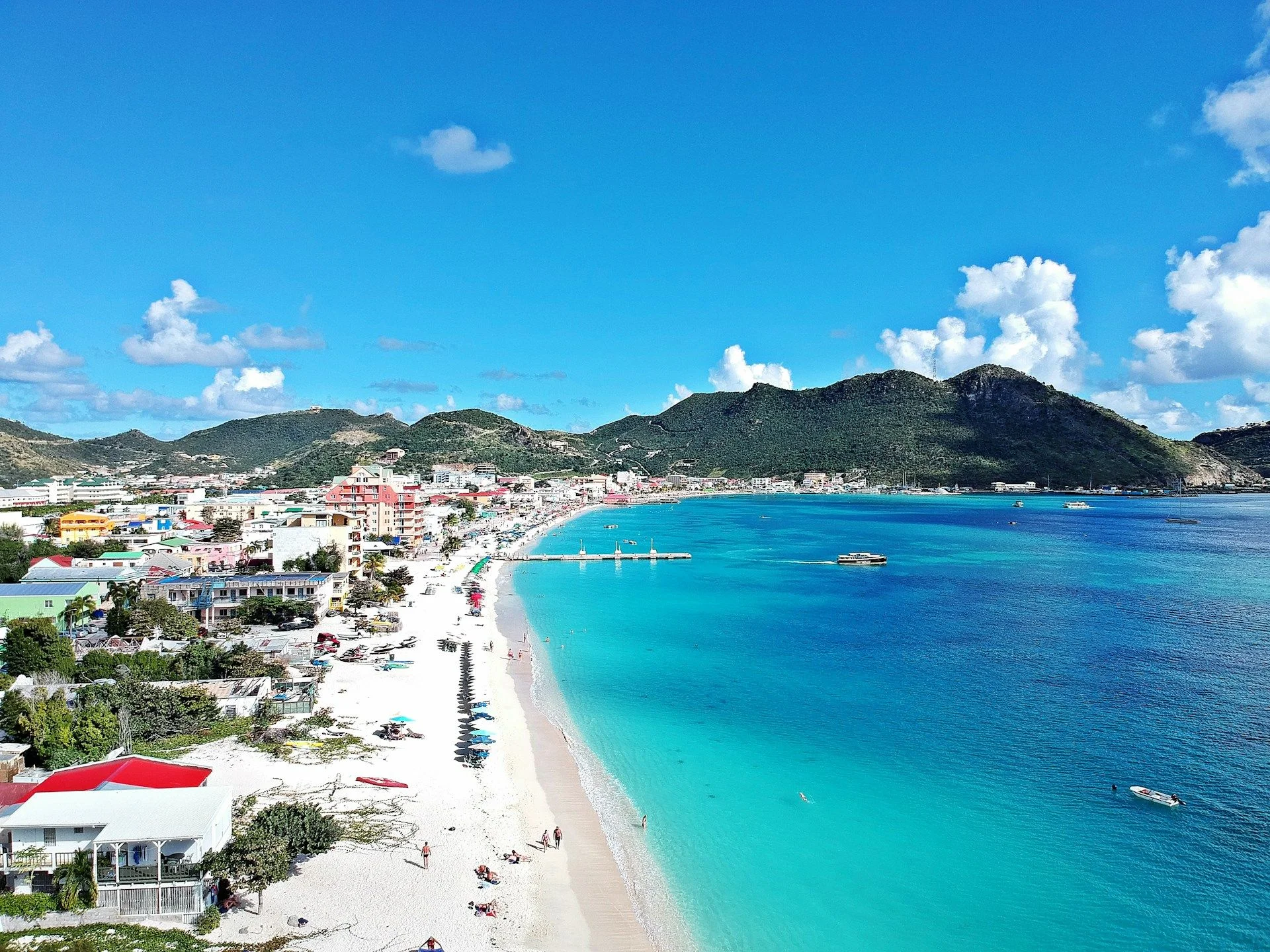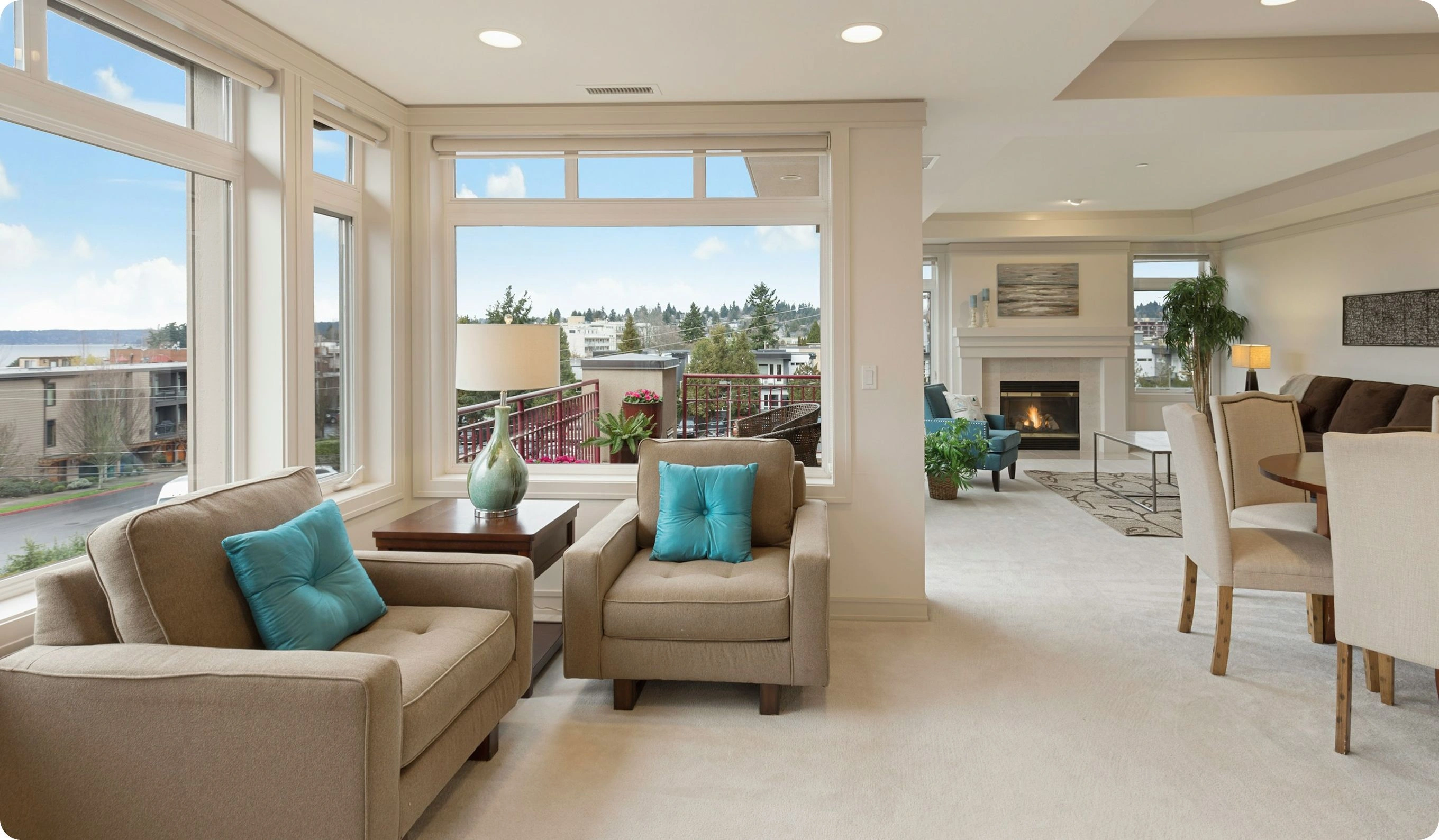Saint Martin Commercial Property MarketIsland life between Caribbean rhythmand coastal calm

Best offers
in Saint Martin (French)
Benefits of investment in
Saint Martin real estate
Dual-culture Caribbean destination
Saint Martin blends French and Dutch influence — attracting lifestyle investors, yacht travelers, and hospitality projects.
Oceanview properties with short-term rental appeal
Seaside homes and resort condos perform well during the tourist season and benefit from European-standard amenities.
Investment formats in a tourism-driven market
Buyers can enter via residential or mixed-use properties, often under hotel-style management.
Dual-culture Caribbean destination
Saint Martin blends French and Dutch influence — attracting lifestyle investors, yacht travelers, and hospitality projects.
Oceanview properties with short-term rental appeal
Seaside homes and resort condos perform well during the tourist season and benefit from European-standard amenities.
Investment formats in a tourism-driven market
Buyers can enter via residential or mixed-use properties, often under hotel-style management.

Useful articles
and recommendations from experts
Unlocking Island Potential: Commercial Real Estate in Saint Martin
Navigating Dual Jurisdictions and Regulatory Frameworks
Commercial real estate in Saint Martin operates under a unique Franco-Dutch split, but this article focuses on the French Collectivity side, where investors engage with French and EU regulations. Foreign buyers can acquire freehold titles in Marigot and surrounding communes, subject to standard French notarial processes and compliance with EU VAT rules. Establishing a French SAS or SARL streamlines acquisitions, liability protection and VAT recovery on new-build Saint Martin office space and retail centres. Leasehold options—common for marina-front developments—offer long tenures of 18 to 99 years, enabling hospitality investors to secure waterfront parcels. Early alignment with local notaires and urban-planning authorities accelerates zoning approvals, particularly in heritage zones near Fort Louis, where conservation guidelines add complexity but unlock premium positioning and tax incentives for adaptive reuse.
Leveraging Tourism Flows and Marinas for High Yields
The backbone of commercial property in Saint Martin is its year-round tourism appeal and vibrant yachting scene. Princess Juliana International Airport on the Dutch side channels over one million visitors annually to both sides of the island, sustaining demand for duty-free shopping outlets, upscale Saint Martin retail investment and boutique office suites serving tour operators. Marina Front Village and Port de Plaisance in Marigot draw charter companies and luxury yacht crews who require concierge-style Saint Martin office space and dry-dock services. Mixed-use developments that blend waterfront dining, duty-free boutiques and co-working lounges capture rental premiums of several percentage points above inland assets, while pop-up markets and event spaces on marina promenades extend tourist dwell time. By aligning acquisitions with peak-season cruise schedules and charter-boat arrivals, investors can anticipate accelerated lease-up and stable occupancy for hospitality-anchored mixed-use complexes.
Seizing Value-Add Opportunities in Island Infrastructure
Although Saint Martin’s road network and utilities are well-established by Caribbean standards, targeted infrastructure upgrades are redefining asset values. The renovation of Rue de la République in Marigot—transforming narrow streets into pedestrian-friendly boulevards—has elevated rents for adjacent commercial units by relative margins. The planned expansion of L'Espérance Airport’s terminal will improve regional connectivity to Guadeloupe and Martinique, boosting demand for airport-adjacent office parks and logistics facilities. Meanwhile, self-contained renewable-energy microgrids and desalination upgrades are enhancing utility reliability, addressing a common pain point in island locales. Investors who acquire parcels near confirmed infrastructure projects—road widening, terminal expansions or grid modernization—can capture early rental uplifts and position their portfolios ahead of widespread market adoption, particularly for Saint Martin logistics parks and light-industrial estates serving supply chains that support hospitality and retail operations.
Diverse Asset Classes and Targeted Enhancement Strategies
Saint Martin’s commercial-real-estate spectrum includes heritage storefronts in Fort Louis, modern Marigot office blocks, suburban retail malls in Concordia, yachting-focused logistics hubs and hospitality resorts in Grand Case. Each class presents distinct challenges and upside potential. Heritage buildings demand sensitive retrofits—upgrading MEP systems, installing energy-efficient glazing and preserving colonial facades—to deliver boutique office or gallery spaces that command premium rents. In Concordia and Cul-de-Sac, retail investment thrives when anchored by supermarkets, pharmacy chains and casual dining outlets, yet underperforms without integrated parking and air-conditioned public spaces. Value-add plays include converting upper floors of mixed-use complexes into co-living units for seasonal staff, stabilizing revenue through year-round tenancy.
Logistics parks on reclaimed land near Petite Plage benefit from bonded-warehouse status and direct barge access, but typically lack secure power backup. Installing solar-PV arrays with battery storage and redundant communication links addresses tenant pain points—utility outages and connectivity gaps—unlocking higher rents from freight handlers and marina-service providers. Hospitality-driven mixed-use projects in Grand Case blend beachfront lodgings with commercial promenades, leveraging public–private partnerships to build walkable retail-and-F&B zones that diversify income beyond room revenues. Across all asset classes, targeted ESG enhancements—rainwater harvesting, solar-shade canopies and native-landscaping buffers—attract environmentally conscious tenants and qualify projects for French overseas collectivities’ sustainable-development grants.
Commercial real estate in Saint Martin demands a nuanced, location-specific strategy: mastering the French regulatory framework, leveraging robust tourism and yachting dynamics, aligning with key infrastructure improvements, and executing tailored value-add plays for heritage, retail, logistics and mixed-use assets. By engaging experienced local advisors—French notaires, urban-planning consultants, maritime logistics experts and sustainability engineers—and by fact-checking regulatory, market and infrastructural developments, overseas investors can build resilient, income-producing portfolios that harness Saint Martin’s dual-cultural appeal, strategic Caribbean connectivity and long-term growth trajectory.
